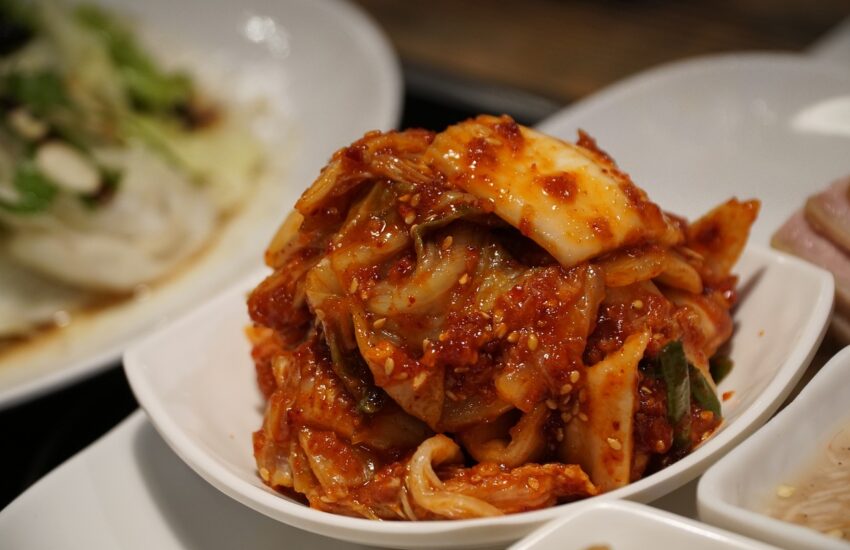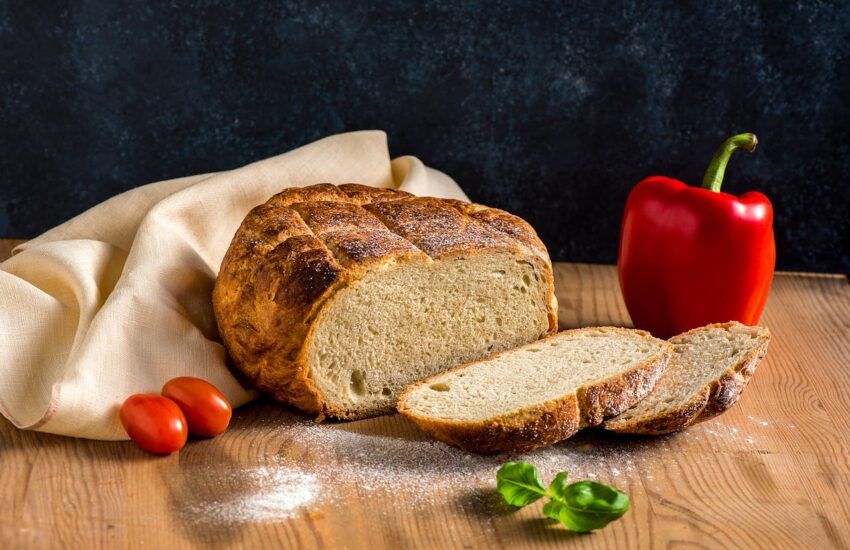4 Unique (And Tasty) Gluten Free Flours
Over the past few years I’ve come to learn even more about the kinds of foods our culture subsists on and how they’ve done untold harm to us.
For years we had no idea what we were doing to our bodies was all that bad.
We simply assumed that all of the new advances in science that led to cheaper food, more of it, and in many cases also helped to make it taste better wouldn’t impact our health.
Now we know better.
Easily 1 of the most harmful foods that we (that is, Americans as a whole) eat regularly are foods with gluten.
For many of you reading this, I realize I’m telling you something you already know, so I won’t spend too much time going over what gluten is and why it’s best to avoid it.
But, for anyone who’s interested, you can obviously find mountains of literature on how gluten affects your gut and your health as well as testify to it personally.
So, what I’d like to do is just give you a quick recap on some of the best forms of gluten-free flour.
I’m actually going to highlight a few that I don’t think you’ll be familiar with so if you do experiment with gluten free baking, I think you’ll enjoy using them in the future because they’re easy to work with, taste great and are healthy too.
You Probably Haven’t Heard of These Gluten Free Flours…
I’ve written extensively on how gluten harms the gut, contributes to inflammation and is a serious problem to millions of Americans.
I’ve also written on how to use several different kinds of flour (like buckwheat, tapioca flour, and more), to replace gluten.
Today I’m going to highlight more obscure ones.
One reason I’m doing that is to prove that living gluten-free doesn’t have to be a challenge and the other is to offer you opportunities to test out new flours for baking.
Without further ado, let me show you everything you never knew existed.
1 – Teff Flour:
Not only have you probably never heard of teff flour, you probably didn’t realize that this grain is one of the smallest grains in the world.
At 1/100th the size of a kernel of wheat, it’s super tiny.
Another interesting aspect of teff flour identity is how the various colors it comes in affect the taste.
Teff flour ranges from red to dark brown, the lighter the teff flour is, the more mild the flavor, and the darker, the more of an earthy taste you’re going to come across.
Now, if you’re Ethiopian, you’re probably pretty familiar with teff flour as it’s the principle flour used to create their traditional fermented bread called injera.
But you’re probably not Ethiopian.
One of the aspects of teff flour that some people will appreciate is how it compares nutritionally to wheat. Teff flour is both high in protein as well as fiber, which means it’s an incredibly useful gluten-free flour for helping to curb appetite.
Equally exciting is the fact that it has more calcium per gram than any other grain as well as being the only ancient grain to offer you vitamin C (a super important antioxidant), so it’s definitely a nutrition all star as compared to traditional wheat.
2 – Arrowroot Flour:
I’m banking on many of you not knowing what arrowroot flour is because many Americans aren’t all that familiar with it… but some hardcore gluten-free people are.
While labeled a “flour,” arrowroot flour doesn’t come from a grain. Instead it’s a starchy substance that is taken from a tropical plant known as Maranta arundinacea.
One of the reasons to use it is because it’s great as a thickener.
A common use is to include it in recipes for bread and desserts and mix it with coconut and almond flour. And when you use it on its own it’ll give you a nice crunch with whatever you make.
When it comes to its nutritional profile, arrowroot is no slouch as it’s rich in b-vitamins and mineral-wise it gives you iron and protein. Plus, studies have shown it may stimulate immune cells and boost immune function.
3 – Cassava Flour:
So here’s an interesting thing about Cassava. If you don’t cook this tuber from South America and decide to eat it, you’ll get really sick and possibly even die as it’s poisonous unless cooked all the way through.
But, since Cassava flour comes from a preparation cycle that neutralizes the poisons, you don’t have to worry about dying if you eat cassava flour.
Another note about cassavas. They’re actually where we get tapioca flour from as well.
Tapioca flour comes from a starchy liquid that we extract from the cassava root, whereas the flour is made when we dry the cassava and then grate it.
One of the reasons it’s so useful is that cassava flour is very similar to white flour in texture and taste. That’s why it can readily be used as a substitute for all-purpose flour.
Plus it’s not going to overwhelm you with a strong taste and your body can digest it quite easily. And, it’s lower in calories per serving than other popular gluten-free flours.
More to know is that it’s filled with a kind of starch called resistant starch and this could benefit those who have digestive issues as research indicates resistant starch might help benefit gut flora. T
And there’s also evidence to show that resistant starch could help people balance blood sugar levels by possibly lowering blood sugar and improving insulin sensitivity.
4 – Tigernut Flour:
I’ve written about tiger nuts before, but I didn’t mention much about how you could use them to help fill out a gluten free diet.
Tiger nuts aren’t nuts but are small, pea-sized root vegetables.
If you live in Northern Africa or the Mediterranean you’d be pretty familiar with them, but only recently has the American market been exposed to them.
One of the things about tiger nuts that many people may enjoy is that since they’re sweet by nature, it can actually help you cut down on the amount of sugar in your diet.
But their nutritional profile is what’s really worth considering.
A quarter cup gives you a whopping 10 grams of fiber and will help round out your diet with a healthy portion of monounsaturated fats as well as minerals like phosphorus, potassium and iron. Plus, it’s rich in antioxidants like vitamins E and C.
There are 2 notes that I’ll include about tiger nut flour. The first is it can have a slightly thicker consistency which will be imparted to whatever you make. And the second is if you can’t find the flour (as it’s a newcomer to the gluten-free arena) you can make it from the nuts with a food processor or some other kitchen accessory.
*In everything gluten free, be sure to check labels and ensure your flour is made in a facility that guarantees that it’s 100% gluten free. Otherwise you run the risk of contaminations.


